Species Photo Gallery for Eratoneura paraesculi No Common Name 11 |
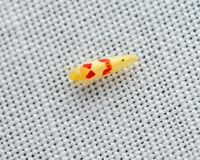 | Photo by: Zachary Dankowicz
Haywood Co.
Comment: https://www.inaturalist.org/observations/305307664rnhttps://www.inaturalist.org/observations/305307752 | 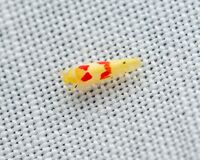 | Photo by: Zachary Dankowicz
Haywood Co.
Comment: https://www.inaturalist.org/observations/305307664rnhttps://www.inaturalist.org/observations/305307752 |
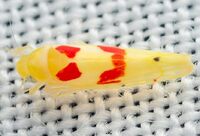 | Photo by: Zachary Dankowicz
Haywood Co.
Comment: https://www.inaturalist.org/observations/305307664rnhttps://www.inaturalist.org/observations/305307752 | 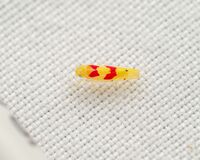 | Photo by: Zachary Dankowicz
Haywood Co.
Comment: https://www.inaturalist.org/observations/305307664rnhttps://www.inaturalist.org/observations/305307752 |
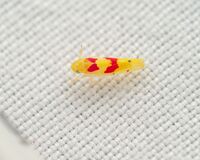 | Photo by: Zachary Dankowicz
Haywood Co.
Comment: https://www.inaturalist.org/observations/305307664rnhttps://www.inaturalist.org/observations/305307752 | 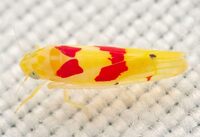 | Photo by: Zachary Dankowicz
Haywood Co.
Comment: https://www.inaturalist.org/observations/305307664rnhttps://www.inaturalist.org/observations/305307752 |
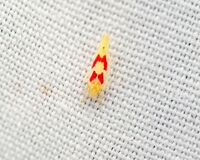 | Photo by: Zachary Dankowicz
Haywood Co.
Comment: https://www.inaturalist.org/observations/305092604 | 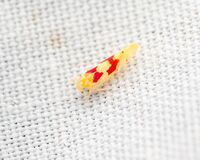 | Photo by: Zachary Dankowicz
Haywood Co.
Comment: https://www.inaturalist.org/observations/305092604 |
 | Photo by: Kyle Kittelberger, Brian Bockhahn, Paul Scharf
Avery Co.
Comment: grassy, open area with shrubby vegetation and mixed forest nearby | 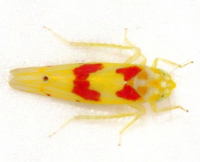 | Photo by: Kyle Kittelberger, Brian Bockhahn, Paul Scharf
Avery Co.
Comment: grassy, open area with shrubby vegetation and mixed forest nearby |
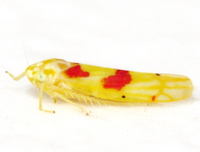 | Photo by: Kyle Kittelberger, Brian Bockhahn, Paul Scharf
Avery Co.
Comment: grassy, open area with shrubby vegetation and mixed forest nearby |

 »
»
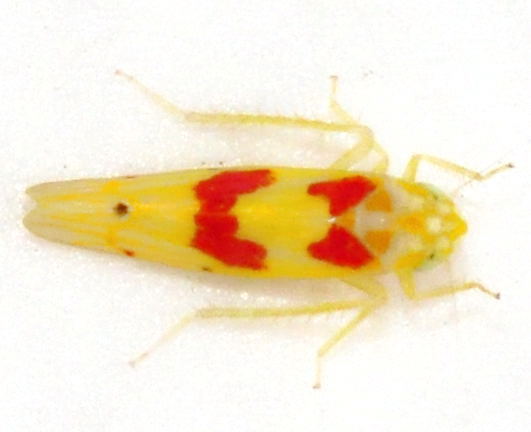
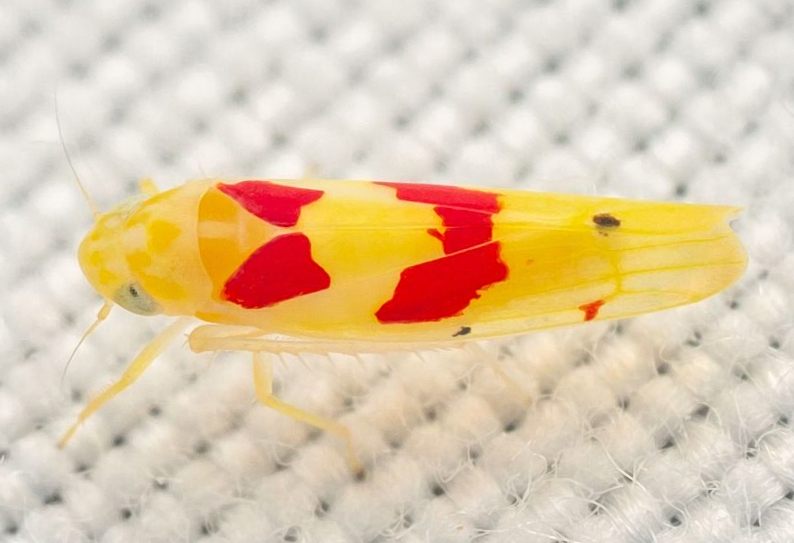


 »
»


